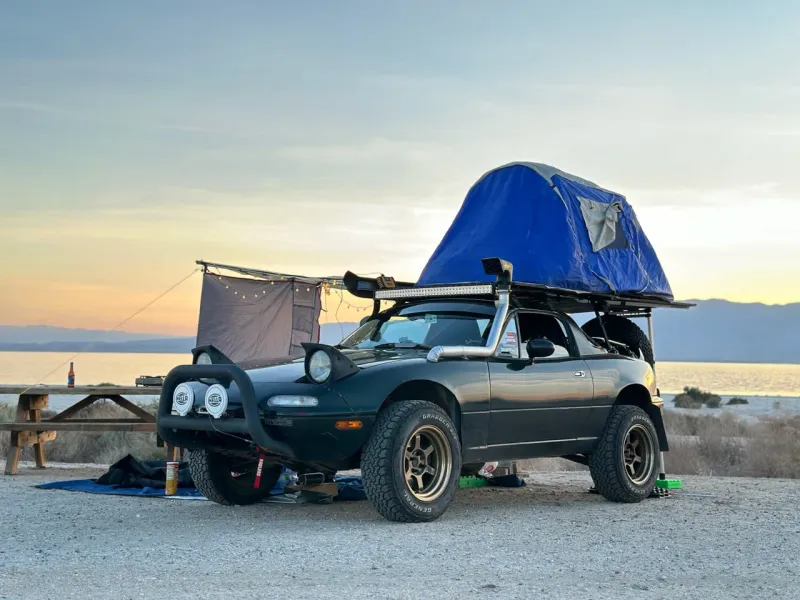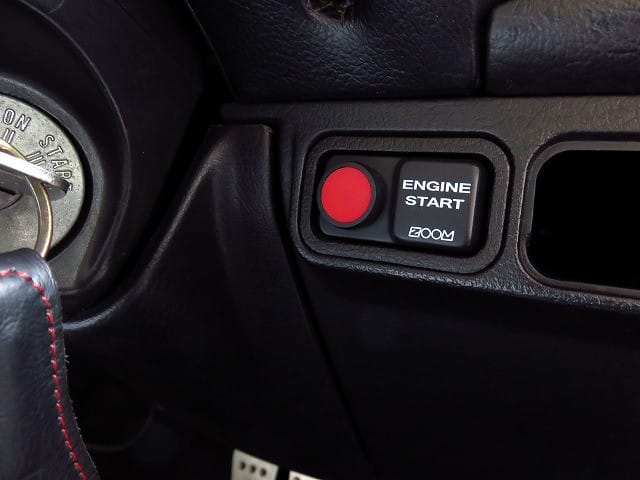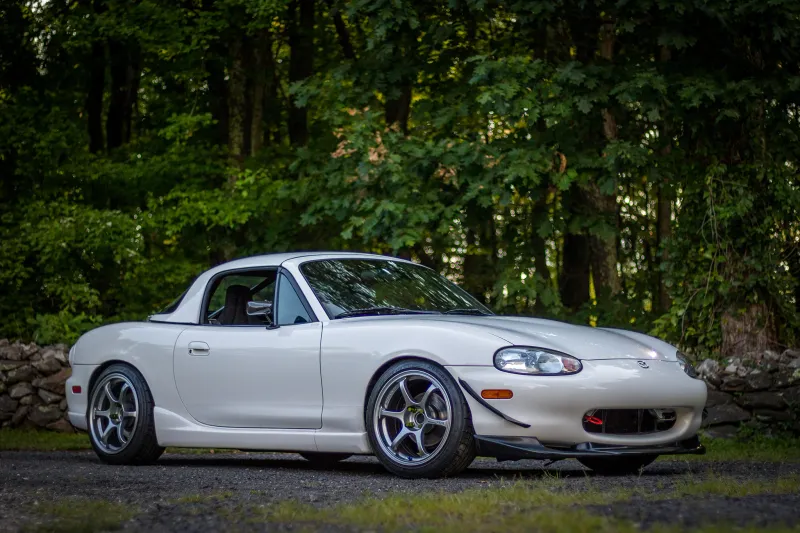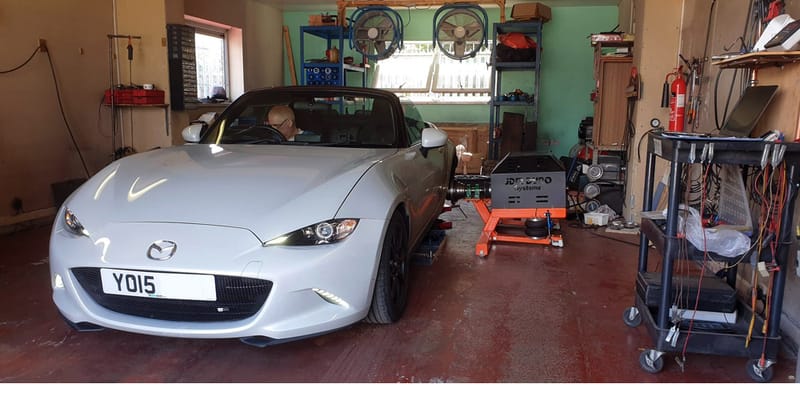NA Miata Mods ROI vs. Resale: Flip or Keep?
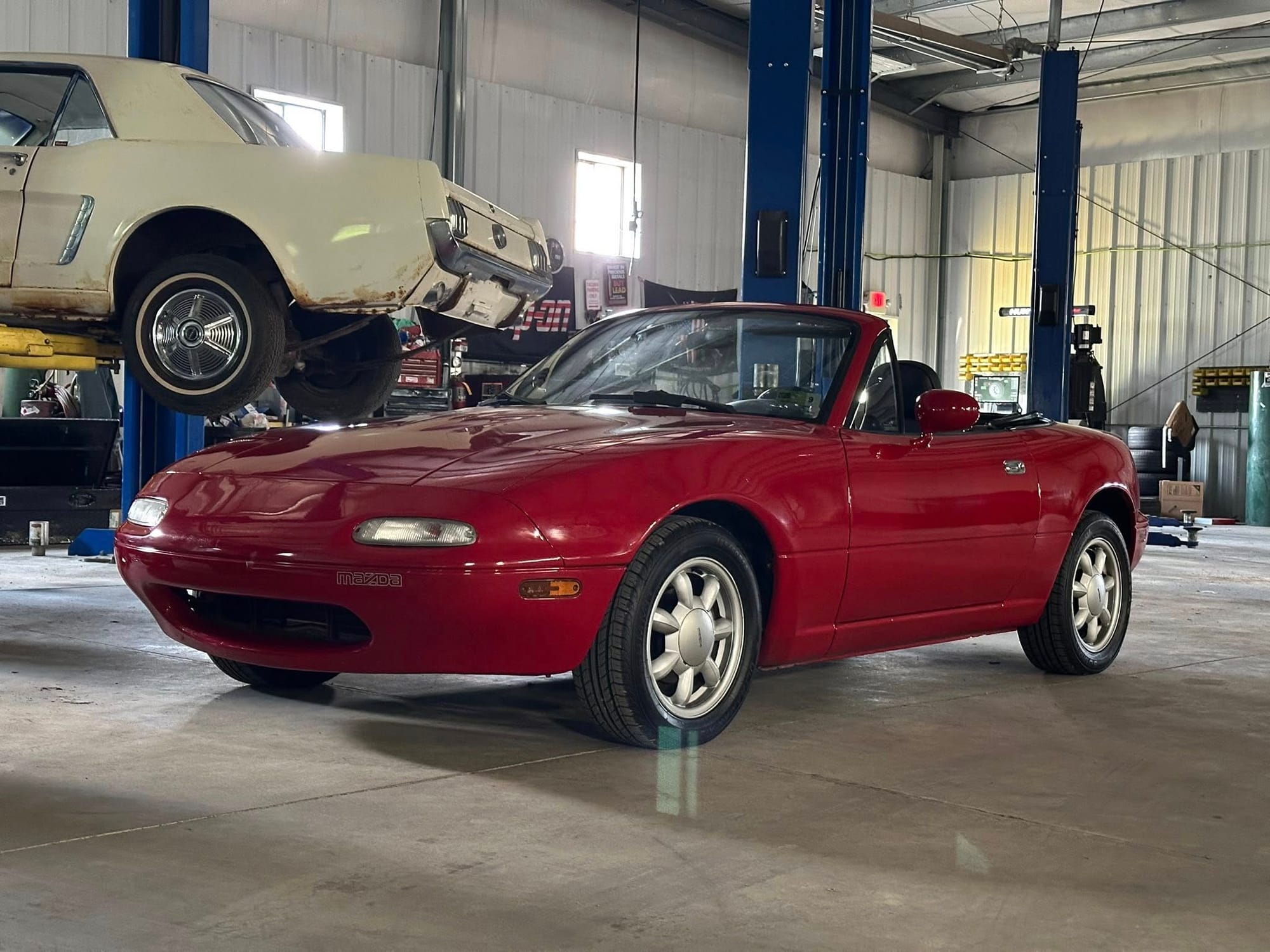
First things first, originality and documentation set your price ceiling. Stock-leaning, reversible, OEM-plus mods pull in the biggest audience, and a tidy folder of receipts, photos, and mileage/date stamps calms buyer nerves and nudges you toward top-of-market outcomes. Highly personalized or irreversible changes narrow the pool and usually cap your upside.
Trim and provenance matter more than people think. R-Package cars and special editions carry their own built-in premiums; heavy personalization can erase that advantage, while tasteful, period-correct tweaks tend to be rewarded. Clean, low-mile NAs are already collectible. Well-modified examples can still do great—but only when the work is top-tier and documented.
“Easy Win” Mods (Often Flip)
OEM hardtop is a classic arbitrage play. Because tops are scarce and useful year-round, bundling a clean, painted, complete OEM top at sale can add roughly $1,200–$2,500 to the car’s value. That’s why many sellers hunt one down before listing. Verdict: flip.

Fresh soft top reads like “someone cared.” Replacing a cloudy or torn top and showing the invoice removes a major unknown. Expect about $300–$800 in perceived value and, more importantly, faster sale velocity. Parts and labor often run $800–$2,000 depending on spec and installer. Verdict: flip.
Tires, alignment, mild drop, and subtle wheels make the car feel “sorted” without scaring stock-leaning buyers. A recent alignment sheet, fresh date codes, and a tasteful stance can add roughly $200–$800. Don’t expect to recoup every dollar in parts; the real win is an easier sale. Verdict: flip.

Maintenance “mods”—cooling refresh, timing belt and water pump, clutch, bushings, ball joints—aren’t sexy, but they sell. Receipts and dates often translate to an extra $300–$1,000 in price resilience. Verdict: flip.
Drivetrain & Chassis (Situational)
Factory Torsen LSD—whether original or a properly documented swap—has real pull. Standalone units are valuable on their own, and when installed with the right gearing and paperwork, you can see about $500–$1,500 in added appeal. Keep it OEM-style and label the ratio. Verdict: flip.

Brake and handling packages that are OEM-plus—quality pads/rotors/lines and sway bars matched to spring rates—read as confidence and roadworthiness. With receipts, this usually nets something like $200–$600. Verdict: flip.

Roll bars split the audience. A clean, name-brand bolt-in can be neutral to slightly positive, especially for HPDE shoppers, but some casual buyers see “track car” and scroll on. Sell in enthusiast channels if you want to capture the upside. Verdict: it depends.

Aesthetics & Body (High Leverage… or High Risk)
Rust repair is the single biggest swing factor on NAs. Rockers, rear sills, and arches are the danger zones. Proper metal repair with photo documentation can move the needle by $1,000–$3,000 versus a comparable car with unresolved rust. Sloppy patches and hidden filler do the opposite and tank value. Verdict: flip—only if done right and fully documented.

Paintwork lives or dies on prep quality. A straight, rust-free shell with a quality respray can support a four-figure bump; a cheap blow-over can subtract a grand or more. If you can prove the process, it helps. If you can’t, better to disclose honestly and price accordingly. Verdict: flip only when you can show quality.
Body kits and face swaps (Garage Vary lips, Pit Crew faces, widebodies) are niche. Craftsmanship and brand cachet matter, but the buyer pool shrinks. Average installs are often negative to neutral; top-shelf parts with perfect fit/finish can pay off only if you find the exact buyer. Verdict: usually keep.
Power Mods (Narrower Pool, Higher Variance)
Bolt-ons like intake, header, and exhaust—provided they’re emissions-friendly and not obnoxiously loud—are generally safe. They’re reversible and can add a touch of desirability, typically neutral to a few hundred dollars. Verdict: flip, if subtle.
Tunes and standalones help only when the paperwork is impeccable. Dyno sheets, calibration notes, and installer invoices move you from “scary” to “considered.” Without that, it’s a wash or worse. Verdict: it depends.
Forced induction is where risk spikes. Turbos and superchargers worry mainstream buyers about insurance, emissions, and reliability. Within the enthusiast niche, a clean, well-tuned, fully documented boosted NA can sell very well, but broadly you’re looking at minus a grand to neutral versus a comparable stocker. Verdict: keep for mainstream resale; flip only to the niche with bulletproof documentation.
Engine swaps (K-series, LS, etc.) are fantastic to drive, but they narrow the audience and can complicate inspection and registration. Against a top-tier stock car, the resale is often down a couple thousand to neutral unless execution is truly first-class and marketed to the right crowd. Verdict: keep, unless your audience is swap-hungry and your build sheet is immaculate.
Comfort and Usability (Quiet Wins)
A/C delete is a resale anchor for most street buyers, especially in warmer states. Expect a $500–$1,500 penalty. Most shoppers simply want cold air. Verdict: keep (not profitable).
Power-steering delete or a de-powered rack reads as a downgrade for daily use. Parking and low-speed manners suffer, and buyers notice. Roughly a $200–$800 drag is typical. Verdict: keep.
Interior upgrades that stick to OEM-plus—fresh carpet, factory-style seats, mild sound deadening—play well and can add a few hundred dollars. Gutted interiors, race shells, and buzzy cabins usually cost you money. Verdict: flip if tasteful; otherwise keep.
Lighting improvements done legally—clear lenses restored, good bulbs, proper aim—are neutral to mildly positive. “Harsh” or illegal aftermarket setups can turn off buyers. Verdict: flip if subtle.
The “Don’t Do This for Profit” List
Non-reversible chassis cuts, shaved bays, loud droney exhausts, extreme camber, neon interiors, and hacked wiring almost always slow the sale and lower the price. If your car has these, think about restoring toward stock before listing. The broader market consistently penalizes over-customization.
Trim-Specific Nuance: R-Package, M Editions, and Low-Mile Survivors
Stock-leaning wins here. R-Package cars from 1994–1997 and special editions have recognized premiums and their own comps. Mild, reversible upgrades are fine and often welcome; heavy mods can erase the built-in value. Low-mile survivors behave the same way: originality premiums are real, and the crowd that pays top dollar wants the factory vibe intact.
Listing Strategy That Maximizes ROI
Lead with rust transparency. Include rocker, sill, and underbody photos and explain any prior repairs with dates and pictures. That’s the number-one filter for NA buyers. Bundle easy value props: fresh top with invoice, alignment sheet, recent fluids, reputable shocks and springs, and—if you have it—an OEM hardtop with all the hardware. If the car is modified for power, present a clean parts manifest, installer receipts, tune and dyno sheets, and the current emissions status. Finally, pick the right venue: stock-leaning cars do best on broad marketplaces; track-leaning builds shine in enthusiast channels.
Hardtops are your biggest bolt-on value adder, often worth well over a grand when bundled. A new soft top doesn’t add massive dollars but makes buyers commit faster. A factory-style Torsen, recent tires, alignment, and a tasteful stance are small but reliable adds. Proper rust repair with documentation can change the whole pricing conversation, while a quality respray on a straight, rust-free shell supports top-tier results. Roll bars, bolt-ons, and tunes vary by buyer; they’re modestly positive in the right channel and neutral elsewhere. Forced induction and swaps can do great with the niche that wants them, but the general market won’t pay back your build cost. Comfort deletions like A/C or power steering almost always hurt.
If you’re selling soon—put money where everyone sees value: fix rust correctly, install or include an OEM hardtop, replace a tired soft top, get a fresh alignment and good tires, and show receipts for recent maintenance and an OEM-style Torsen. Keep the rest reversible and tasteful so your buyer pool stays wide and your listing moves fast.
If you’re keeping the car—build it for joy, not for payback. Turbo, swap, track interior—go nuts. Just plan to market it to the exact niche later and bring receipts, photos, and test data. Outside that niche, personalization rarely returns the spend.

